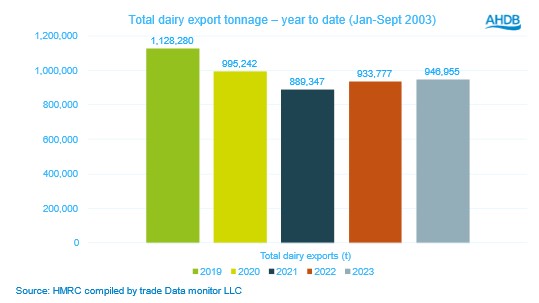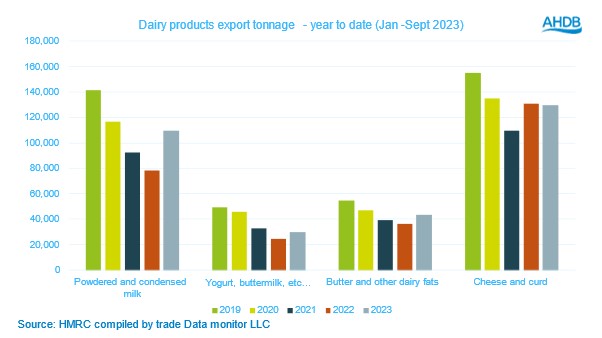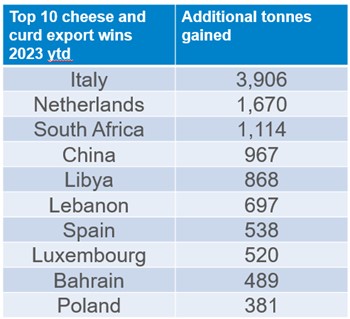
Give us a call
0345 475 5110 0750 076 6083Drop us an email
info@scottishdairyhub.org.uk@scotdairyhub
-
6 hours ago
RT @AHDB_Dairy: An outline agreement has been reached for the UK to join the Comprehensive and Progressive Agreement for Trans-Pacific Part…
-
6 hours ago
RT @AHDB_Dairy: In May, GB milk production reached an estimated 1,141m litres, with daily deliveries averaging around 36.8m litres per day.…
-
4 days ago
Plenty of inspiring women out there in Scotland- get your entry in or nominate someone.... #womenindairy… https://t.co/BkFR9cmWur
-
6 days ago
RT @ruminanthw: TODAY we have launched a NEW #UKDairyWelfare23 for the next 5 years. The strategy is designed to help the industry show pro…
-
6 days ago
RT @dairyuk: How #recyclable are milk containers? More recyclable than you think! Watch this video for more info: https://t.co/a9JWOzDaXK #…





